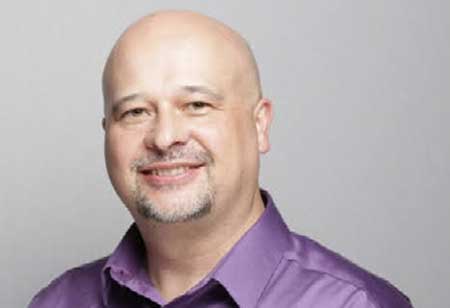Thank you for Subscribing to Healthcare Business Review Weekly Brief

Advancements In Mhealth: Navigating the Digital Healthcare Landscape
Healthcare Business Review
In the ever-evolving landscape of healthcare, mHealth, an abbreviation for mobile health, emerges as a transformative force. This dynamic facet of digital healthcare utilizes mobile technologies, including smartphones and wearable devices, to revolutionize the delivery of healthcare services. It’s a paradigm shift empowering us to efficiently deliver healthcare, monitor patient well-being, and streamline the management of medical information. The convergence of technology and healthcare in mHealth heralds a new era of accessibility, convenience, and personalized medical service delivery.
As the Director of Digital Healthcare at a leading Federally Qualified Health Center (FQHC) in Oklahoma, I’ve been privileged to witness the growth of digital healthcare in a region where it remains a concept on the periphery for many Health Care Organizations (HCO). Despite the challenges posed by limited funding and infrastructure, the imperative for change is clear, particularly as healthcare markets shift towards value-based managed care programs.
When delving into mHealth within the healthcare context, our focus turns to Remote Patient Monitoring (RPM) programs and the devices capturing vital patient information. In my role, the mandate is twofold: any technology implemented must alleviate the burden on healthcare providers and support staff, and it must enhance the patient experience. If technology doesn’t add value, if it’s cumbersome or unwanted by patients, it becomes superfluous.
Navigating the realm of mHealth and remote patient monitoring reveals a multitude of vendors touting unique solutions. However, success lies in seamlessly integrating devices with existing infrastructure. The most successful mHealth devices are those that effortlessly sync with established systems, such as the iHealth app on an iPhone, providing patients with a streamlined experience and integrating their information seamlessly into medical records. This ensures the data we already have becomes usable, helping our teams impact workflows toward making the patient and provider experience effective and efficient.
While the benefits of mHealth are clear, integrating into the nation’s constrained health care system will take time and resources. Health Teams genuinely care about their patients’ well-being and aspire to gain deeper insights into their health. However, time constraints hinder effective management of the wealth of information generated by mHealth.
The challenge lies in the necessity for substantial human resources to monitor and act upon incoming data, a challenge not unique to our organization but shared across the nation.
In summary, mHealth and remote patient monitoring hold great potential, promising substantial benefits for patients and healthcare providers alike. These technologies have the capacity to significantly enhance the patient-provider experience. However, realizing these benefits hinges on the allocation of adequate resources, a challenge for many healthcare organizations, including FQHCs.
Looking to the future, the potential integration of Generative AI offers a glimmer of hope. This technology excels in analyzing vast datasets, identifying trends, and reducing the administrative burden associated with patient data. By integrating Generative AI with mHealth or embedding it within existing EMR systems, healthcare organizations could simulate the work of multiple human resources, allowing a refocus on pressing needs.
When Delving Into Mhealth Within the Healthcare Context, Our Focus Turns to Remote Patient Monitoring (Rpm) Programs and the Devices Capturing Vital Patient Information
Imagine a world where your provider crafts a personalized treatment plan based on your entire medical history, complemented by real-time updates from various mHealth devices. This reality, though not far off, requires innovation and collaboration to become a widespread practice.
In conclusion, mHealth is not merely an option but a necessity as healthcare transitions into the realm of value-based medicine. To make it both feasible and sustainable, the integration of Generative AI becomes imperative. This integration has the potential to alleviate the administrative burden associated with managing patient data, propelling mHealth into widespread adoption and shaping a future where healthcare leaders can truly navigate the positive path of digital healthcare.









